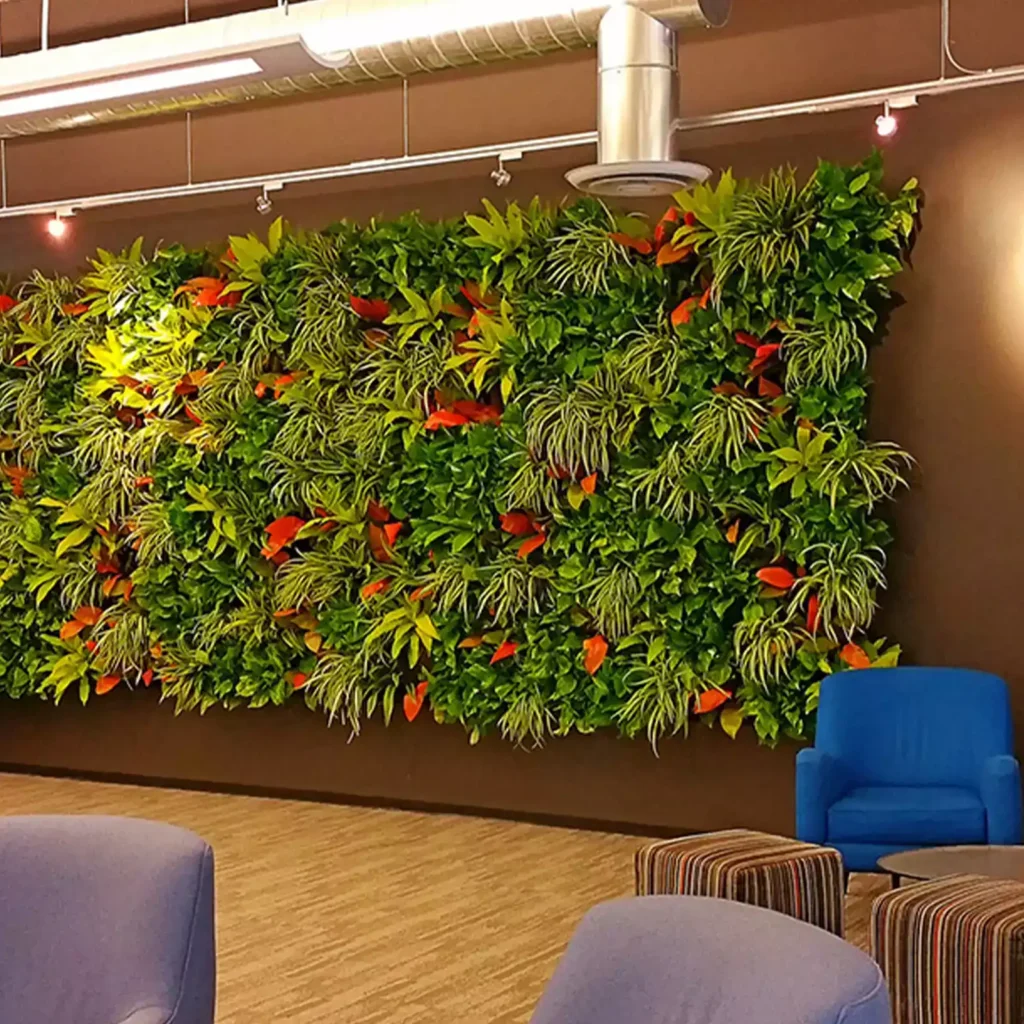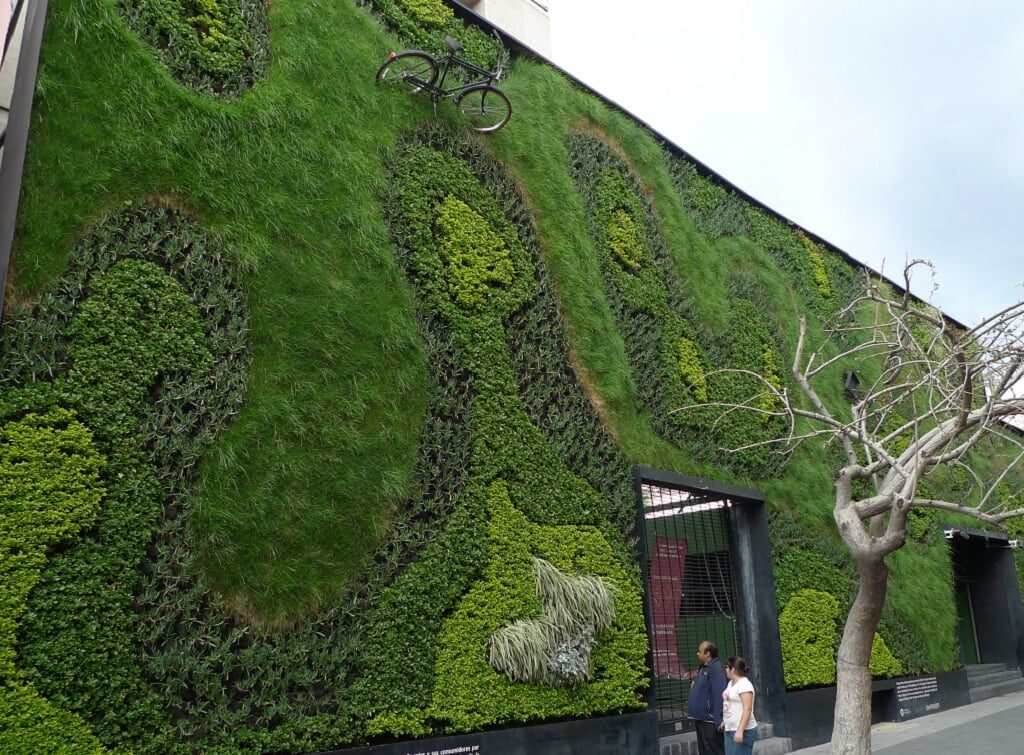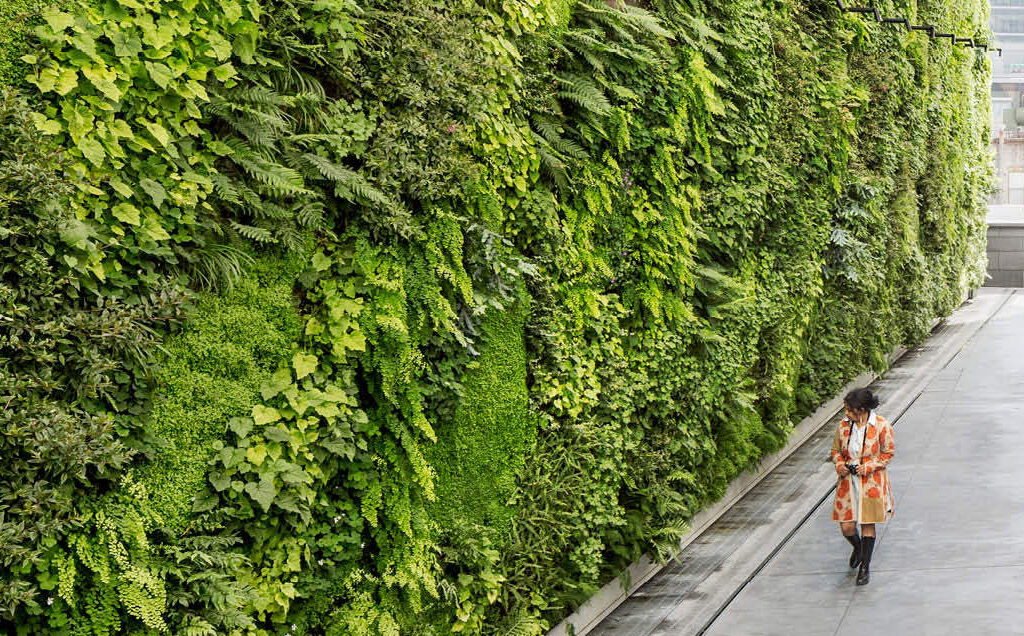Green walls, also known as living walls or vertical gardens, have become one of the most stylish and eco-friendly ways to bring nature into urban spaces. Whether indoors or outdoors, these lush vertical displays not only purify the air and improve well-being but also transform blank walls into stunning living art.
But like any garden, a green wall requires regular care to stay vibrant and healthy. Without proper maintenance, plants can quickly become stressed, overgrown, or diseased. If you’ve invested time and love into creating a vertical oasis, you’ll want to keep it thriving for as long as possible.
In this detailed guide, we’ll walk you through 10 essential tips to keep your green wall healthy, ensuring your living wall remains lush, beautiful, and beneficial year-round.

1. Choose the Right Plants for Your Space
The success of your green wall starts with plant selection. Not all plants are suited for vertical growth or the environmental conditions of your chosen location.
For Indoor Walls:
- Opt for low-light, humidity-loving plants like pothos, ferns, philodendrons, spider plants, and peace lilies.
- Choose plants with similar care needs so they thrive together.
For Outdoor Walls:
- Pick sun-tolerant, hardy varieties like succulents, sedums, herbs, and trailing vines.
- Ensure your plant selection matches your climate’s seasonal changes.
Pro Tip: Mixing plants with varying textures and shades creates a visually appealing, layered look.

2. Install a Proper Irrigation System
One of the biggest challenges for green walls is consistent watering. Vertical gardens dry out faster than traditional gardens due to gravity and airflow.
- Automatic drip irrigation systems with timers are ideal for large green walls.
- For smaller walls, self-watering planters or a carefully managed manual watering routine can suffice.
- Ensure that water is evenly distributed across the entire wall, from top to bottom.
Pro Tip: Include a drainage system to avoid waterlogging and root rot.

3. Provide Adequate Lighting
Light is essential for plant health, and the needs will vary based on your plant choices.
Indoor Walls:
- Place near a bright, indirect light source.
- Supplement with grow lights if natural light is insufficient.
Outdoor Walls:
- Monitor how much sun the wall receives.
- Choose plants according to the sun exposure: full sun, partial shade, or full shade.
Pro Tip: Rotate plants if you notice uneven growth due to light disparities.

4. Use High-Quality Soil or Growing Medium
The growing medium in a vertical garden must hold moisture while allowing proper drainage and aeration.
- Use a lightweight, nutrient-rich soil mix.
- Avoid heavy garden soil, which compacts quickly and hinders root growth.
- Some green wall systems use felt pockets, modular containers, or hydroponic panels — choose accordingly.
Pro Tip: Regularly check the soil’s condition and replenish nutrients as needed.

5. Regularly Prune and Groom Plants
Pruning isn’t just for appearance — it promotes healthy growth and prevents overcrowding.
- Trim dead or yellowing leaves regularly.
- Cut back overgrown stems to maintain balance and airflow.
- Remove diseased or pest-affected plants immediately.
Pro Tip: Keep a small pair of garden shears handy for weekly touch-ups.

6. Monitor for Pests and Diseases
Green walls can sometimes harbor pests due to dense foliage and high humidity.
Common Pests:
- Aphids
- Spider mites
- Mealybugs
- Scale insects
Preventative Measures:
- Inspect plants regularly.
- Remove debris and dead leaves.
- Use organic insecticidal soap or neem oil for infestations.
Pro Tip: Maintaining good airflow reduces disease risks like powdery mildew and root rot.
7. Fertilize Wisely
Vertical plants have limited access to soil nutrients, so periodic feeding is crucial.
- Use a balanced, water-soluble fertilizer every 4–6 weeks during the growing season.
- For hydroponic systems, maintain proper nutrient solutions as per manufacturer guidelines.
- Avoid over-fertilizing — it can cause salt build-up and stress plants.
Pro Tip: Organic compost tea is a gentle, eco-friendly feeding option for green walls.
8. Maintain Proper Air Circulation
Airflow is essential for healthy plants, preventing moisture-related issues and promoting even growth.
- Avoid placing your green wall in tightly enclosed spaces.
- Install small fans for indoor walls with poor air movement.
- For outdoor walls, strategic pruning improves air passage between plants.
Pro Tip: Check for damp, musty odors, a sign of poor air circulation and potential mold issues.
9. Replace Struggling or Dead Plants Promptly
It’s natural for a few plants to struggle or outgrow their spot in a living wall.
- Replace failing plants as soon as possible to prevent gaps or disease spread.
- Choose replacements with similar care needs to neighboring plants.
- Rotate plants if necessary to balance exposure to light and moisture.
Pro Tip: Keep a few extra plants of your chosen varieties as backups for quick swaps.
10. Clean and Inspect the Structure Regularly
The framework of your green wall — whether it’s a modular system, felt pocket setup, or wooden trellis — also needs care.
- Wipe down or rinse the structure every few months.
- Check for signs of rust, mold, or algae, especially in moist areas.
- Inspect irrigation systems for clogs, leaks, or uneven watering.
Pro Tip: Clean containers and planters at the end of each growing season to prolong their lifespan.
Bonus Tips for a Thriving Green Wall
- Group plants by similar needs (light, water, and humidity) for easier maintenance.
- Introduce a variety of foliage colors and leaf shapes for visual interest.
- Rotate plant positions occasionally for balanced exposure.
- Install moisture sensors in larger walls for precise watering control.
- Use eco-friendly pest control methods like neem oil and beneficial insects.
Final Thoughts: Keep Your Vertical Garden Flourishing
A green wall isn’t just a decorative feature — it’s a living, breathing ecosystem that demands a little care and attention. By following these 10 essential tips, you’ll create a vibrant, healthy vertical garden that enhances your home’s beauty, improves air quality, and brings you joy year-round.
Remember, the secret to a thriving green wall is consistency. Regular inspections, timely maintenance, and proper plant care will reward you with a lush, verdant display that stands the test of time.
So, whether your green wall graces your living room, balcony, or backyard fence, embrace the care it deserves and let nature’s magic transform your space into a vertical paradise!



